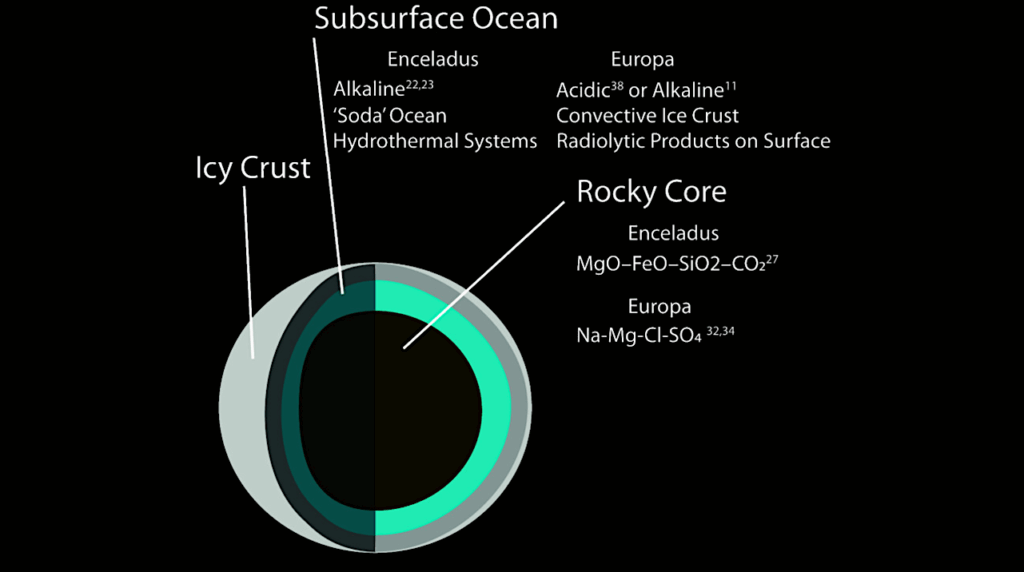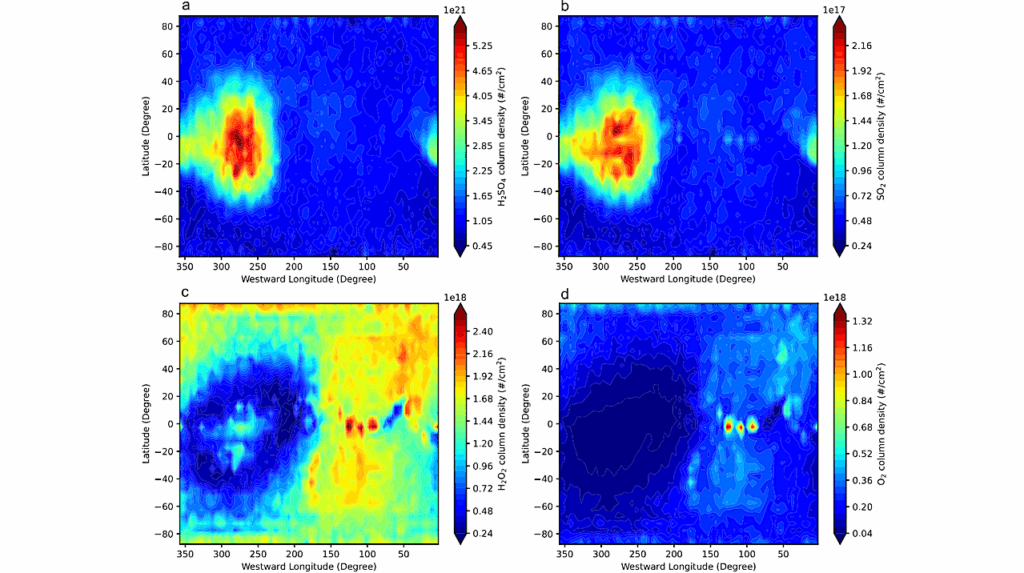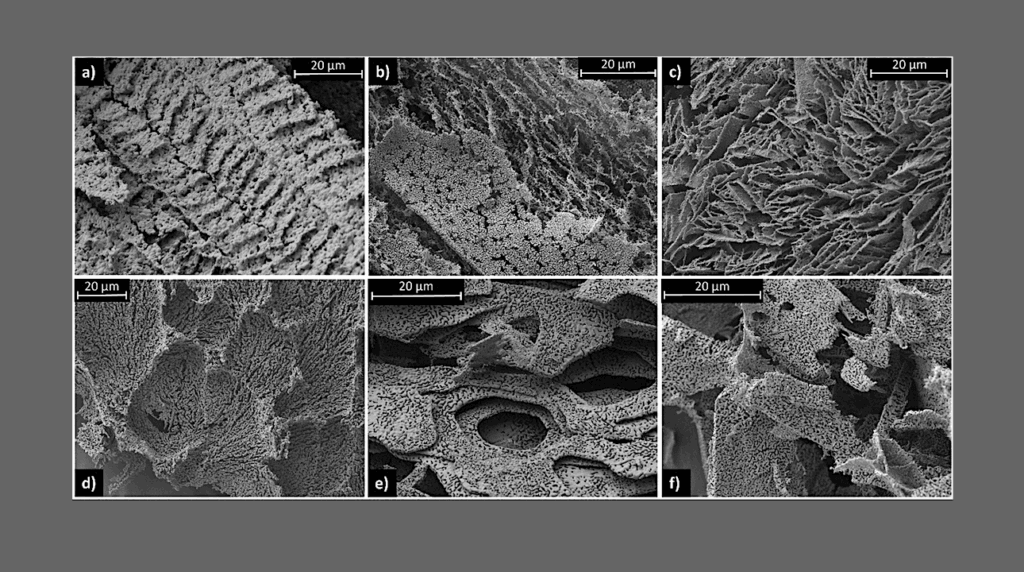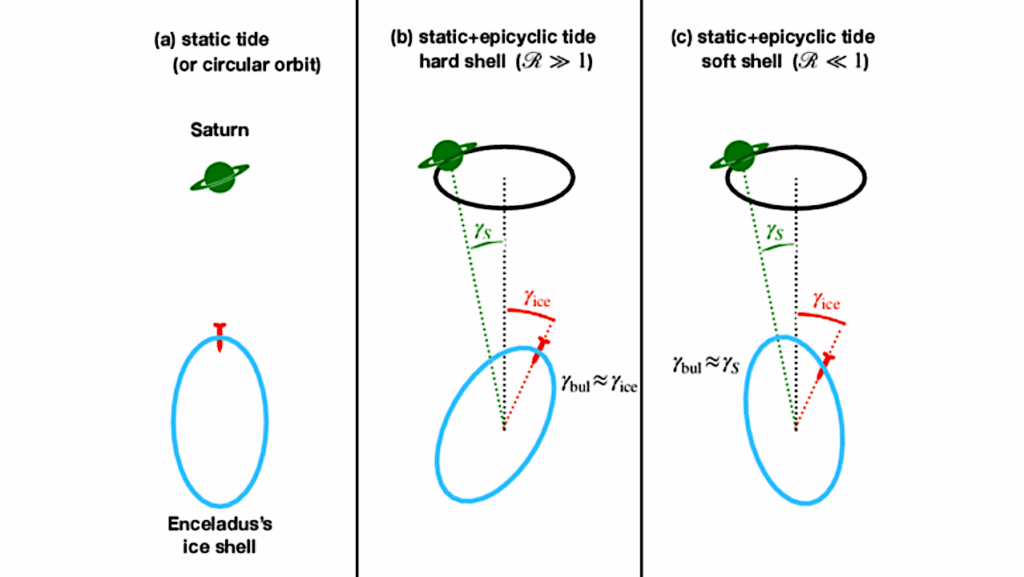Europa Clipper Transistors Can (Probably) Support The Baseline Astrobiology Mission

NASA’s Europa Clipper mission remains on track, with a launch period opening on Thursday, Oct. 10. The next major milestone for Clipper is Key Decision Point E on Monday, Sept. 9, in which the agency will decide whether the project is ready to proceed to launch and mission operations.
NASA will provide more information at a mission overview and media briefing targeted for that same week.
The Europa Clipper mission team recently conducted extensive testing and analysis of transistors that help control the flow of electricity on the spacecraft.
Analysis of the results suggests the transistors can support the baseline mission.
——-
Earlier post
NASA Continues Assessing Electrical Switches on Europa Clipper
Launch preparations are progressing with NASA’s Europa Clipper mission. The spacecraft arrived at the agency’s Kennedy Space Center in Florida in May, where the team recently attached the high-gain antenna.
Engineers with NASA’s Europa Clipper mission continue to conduct extensive testing of transistors that help control the flow of electricity on the spacecraft. NASA’s Jet Propulsion Laboratory in Southern California, which manages the mission, began the tests after learning that some of these parts may not withstand the radiation of the Jupiter system, which is the most intense radiation environment in the solar system.
Tests also are being conducted at the Johns Hopkins Applied Physics Laboratory (APL) in Laurel, Maryland, and NASA’s Goddard Space Flight Center in Greenbelt, Maryland. APL designed the main spacecraft body in collaboration with JPL and NASA Goddard.
The issue with the transistors came to light in May when the mission team was advised that similar parts were failing at lower radiation doses than expected. In June 2024, an industry alert was sent out to notify users of this issue. The manufacturer is working with the mission team to support ongoing radiation test and analysis efforts in order to better understand the risk of using these parts on the Europa Clipper spacecraft.
Testing data obtained so far indicates some transistors are likely to fail in the high-radiation environment near Jupiter and its moon Europa because the parts are not as radiation resistant as expected. The team is working to determine how many transistors may be susceptible and how they will perform in-flight. NASA is evaluating options for maximizing the transistors’ longevity in the Jupiter system. A preliminary analysis is expected to be complete in late July.
Radiation-hardened electronics are used throughout industry to protect spacecraft from radiation damage that can occur in space. The Jupiter system is particularly harmful to spacecraft as its enormous magnetic field — 20,000 times stronger than Earth’s magnetic field — traps charged particles and accelerates them to very high energies, creating intense radiation that bombards Europa and other inner moons. It appears that the issue that may be impacting the transistors on Europa Clipper is a phenomenon that the industry wasn’t aware of and represents a newly identified gap in the industry standard radiation qualification of transistor wafer lots.
Europa Clipper’s launch period opens Oct. 10, and it is set to arrive at Jupiter in 2030, where it will conduct science investigations to understand the potential habitability of Europa as it flies by the moon multiple times.
Astrobiology








